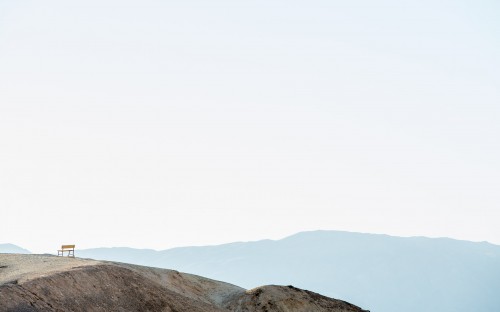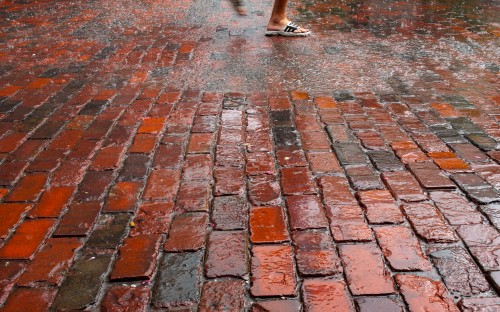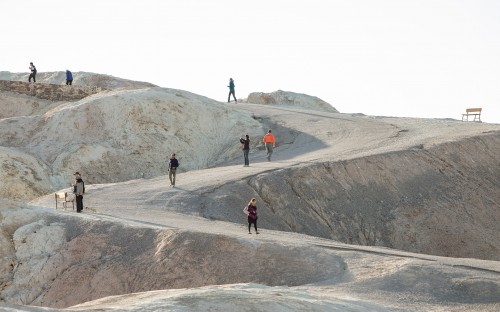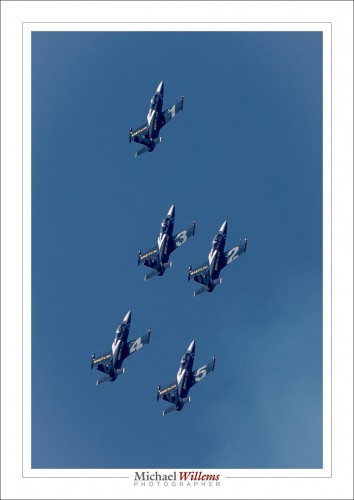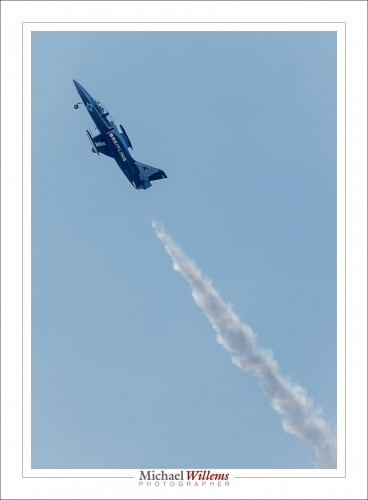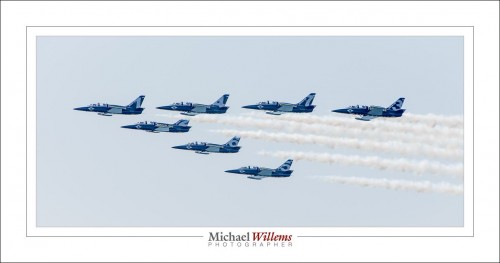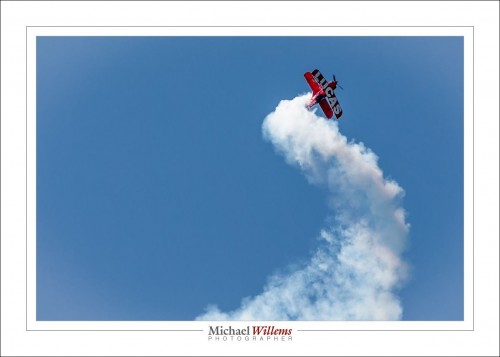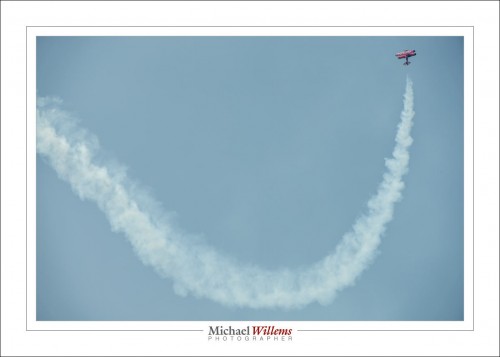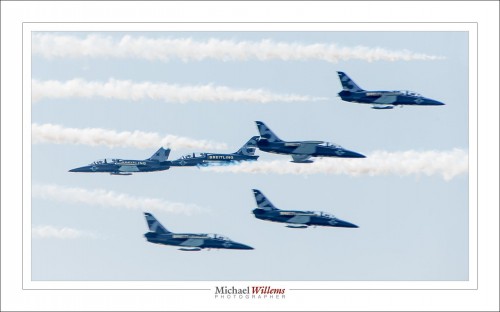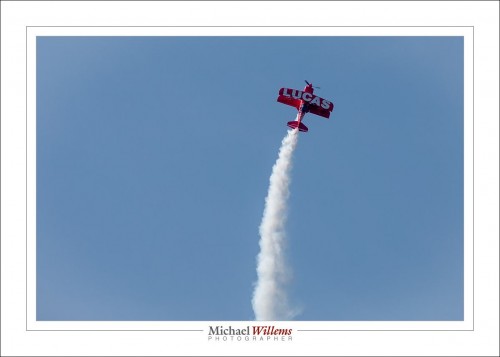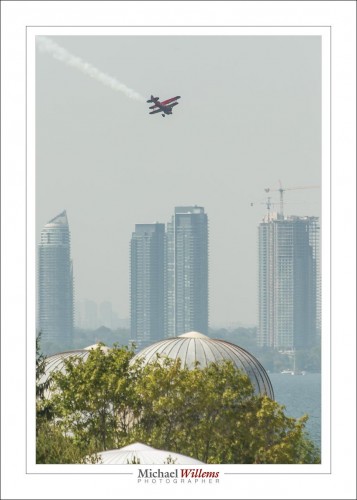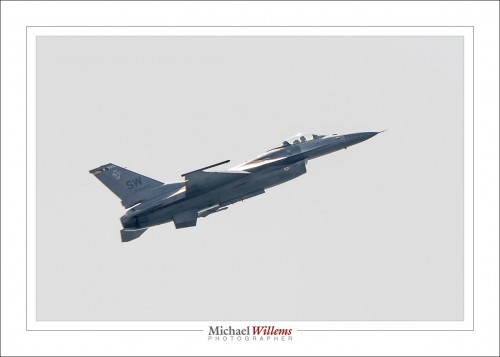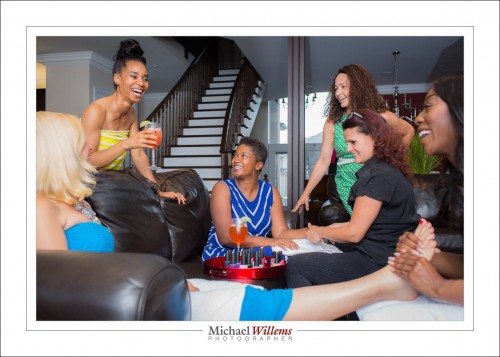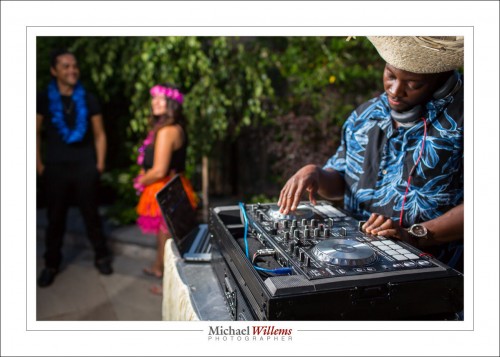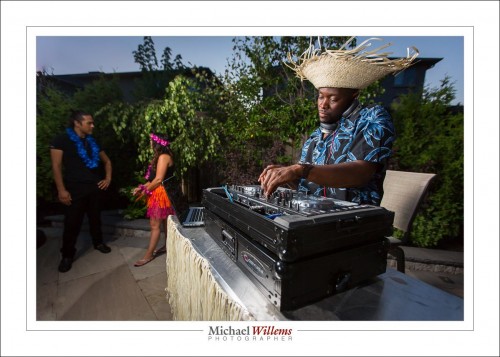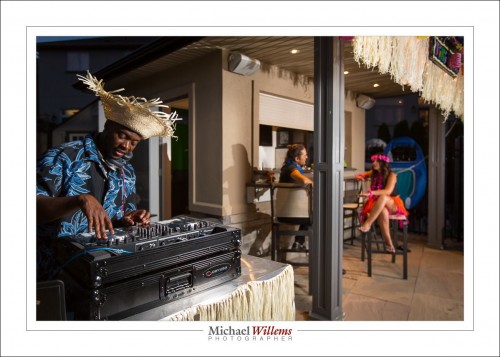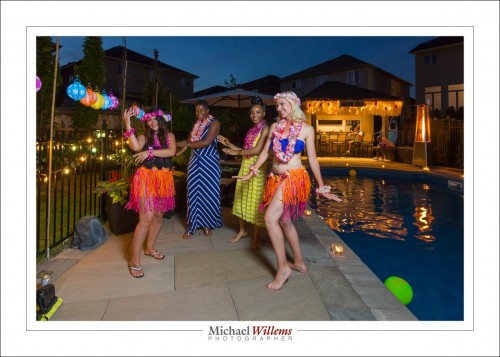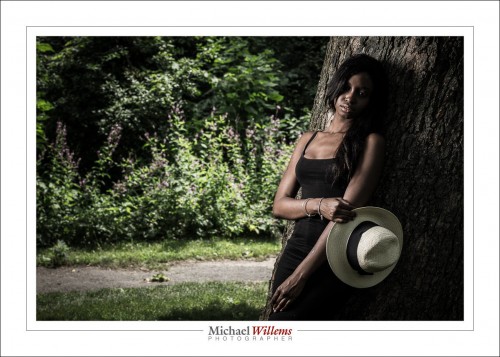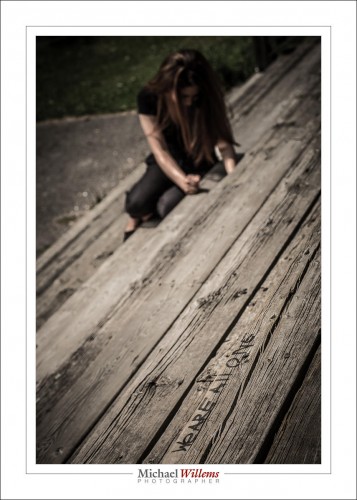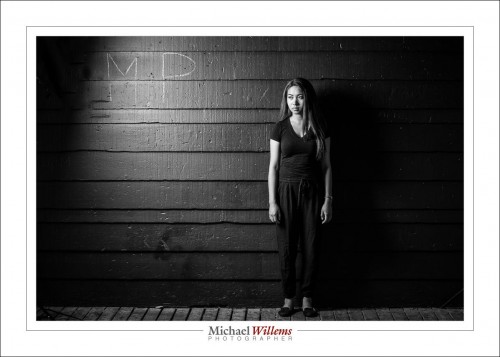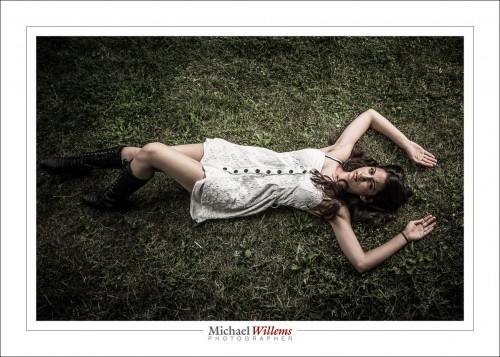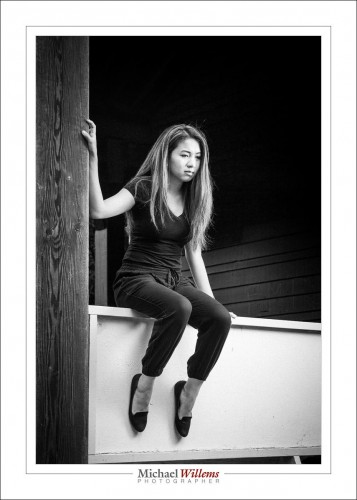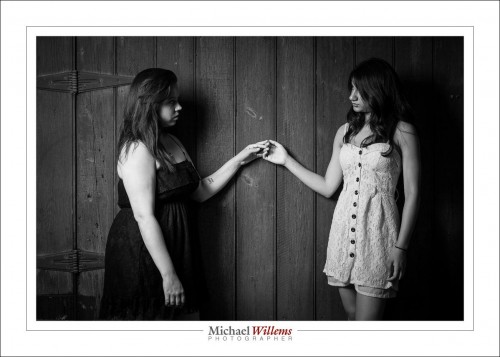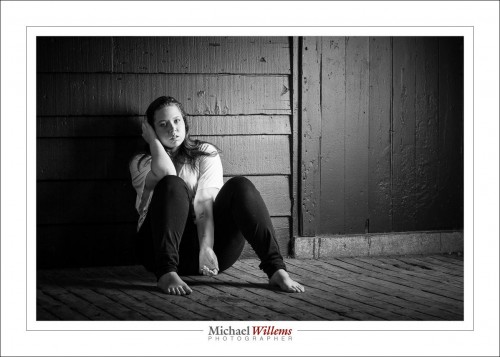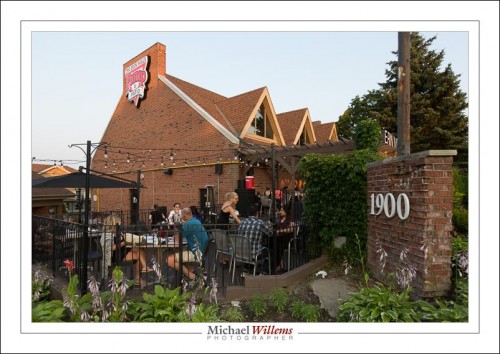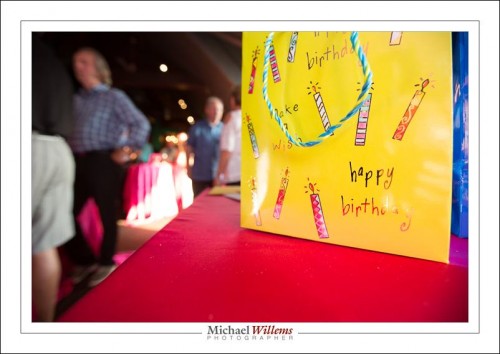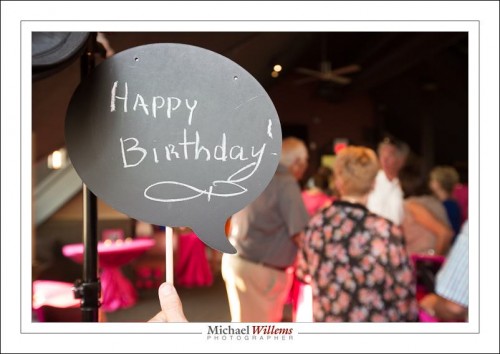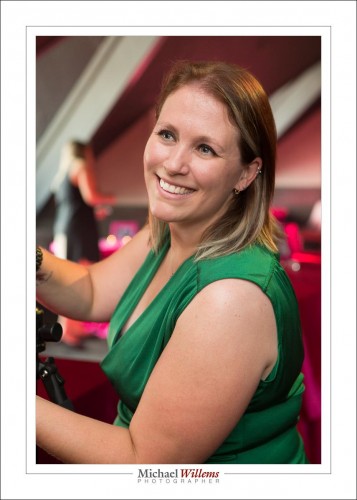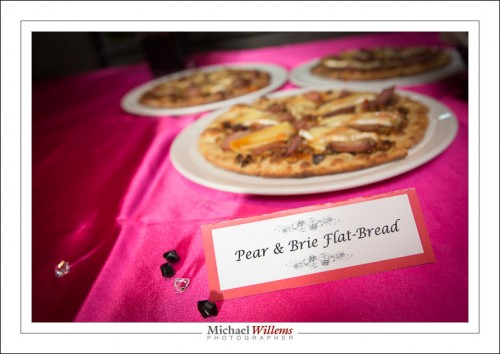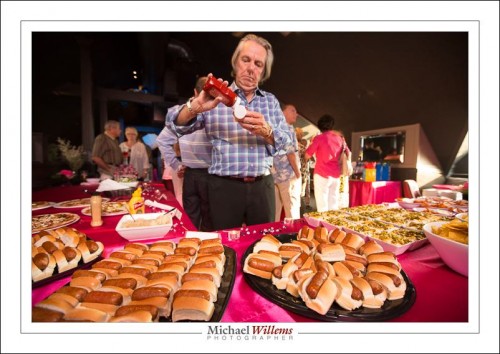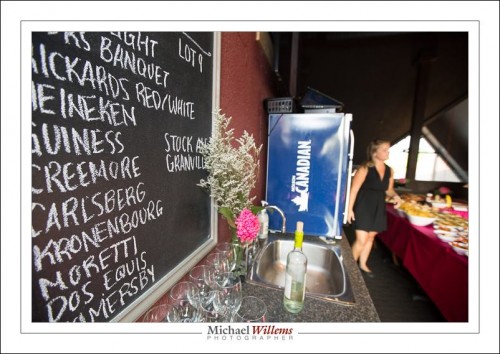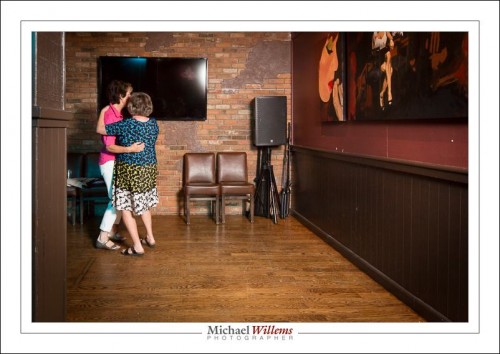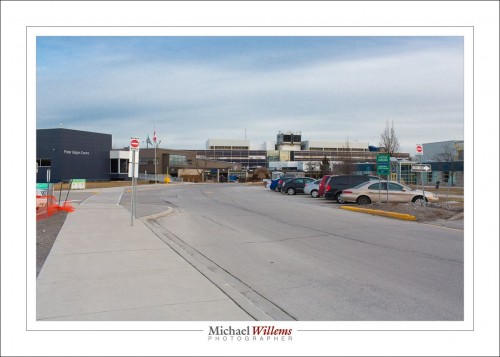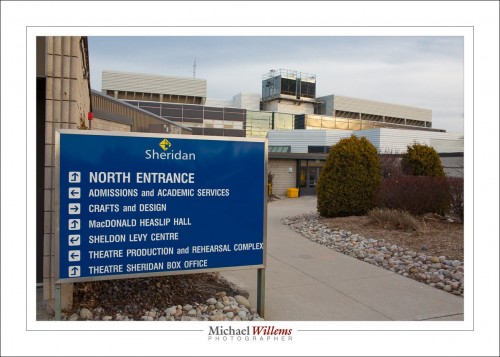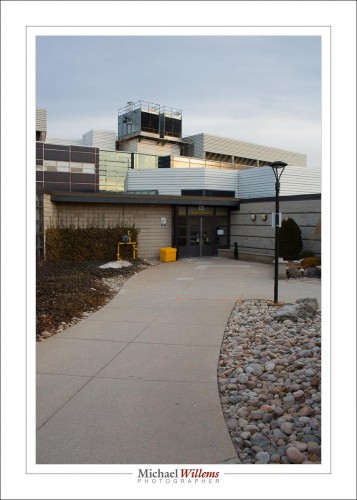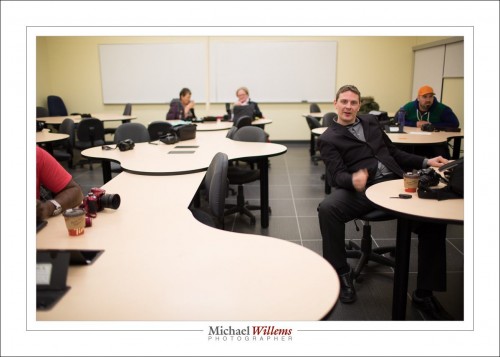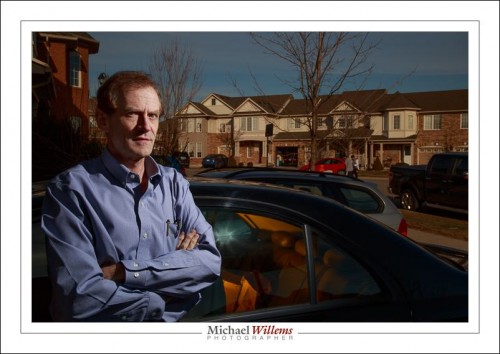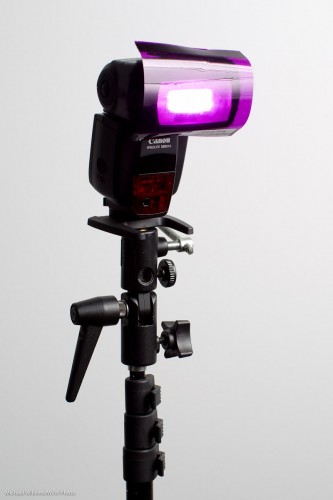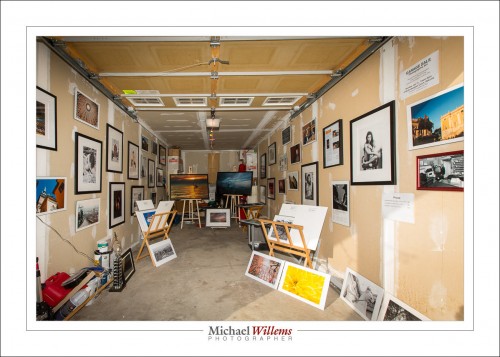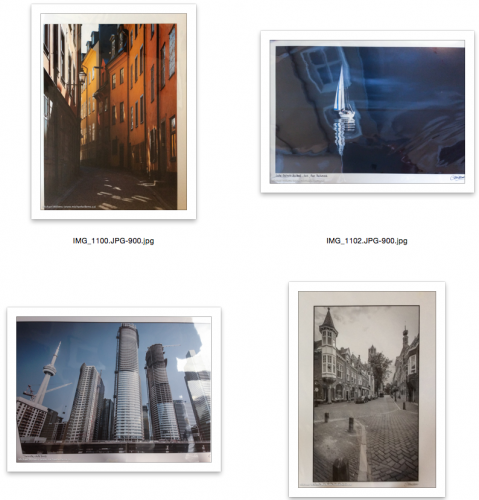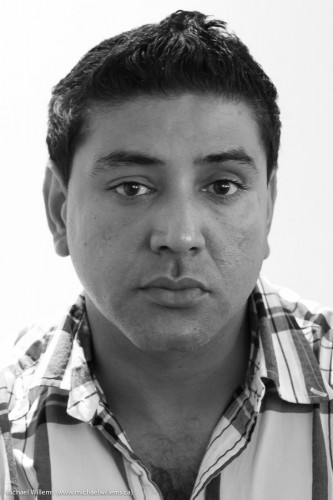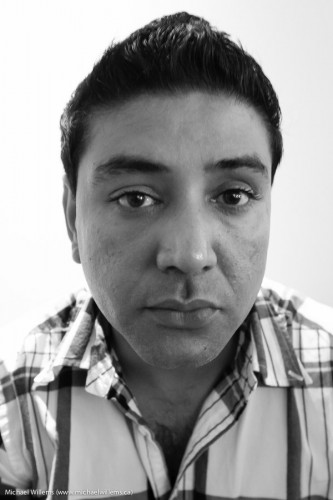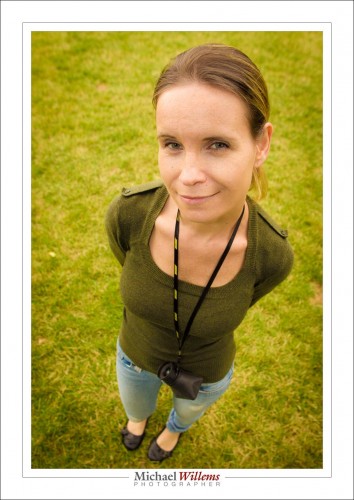So today I did yet another CEO shoot. I do love environmental portraits.
So what do I look for in such a portrait? How do I make one? I thought it might be interesting for you to follow along, so to speak, with my process.
It starts with the lens. I start with a wide angle lens, because I will probably want the person “surrounded” by the rest of the shot. By their environment, in other words. Probably, not necessarily: so I also bring lots of other lenses. If I do use the wide lens, I am careful not to get too close to my subject: distortion is always a possibility.
Then the light. I will usually start with one off camera flash in an umbrella. So, since it is a flash picture, I start with the ambient light. 400/40/4 is a common start point. Whatever it is, I continue until I am happy with the ambient light, that I typically want at –2 stops, and only then go on to flash. For the flash, I ensure it is aimed at the subject’s face from the right direction, at the right angle (e.g. 45 degrees off-centre, 45 degrees up).
Then the location. I look for something that is typical for the person I am shooting. An office, for instance. But I also look for good composition. The rule of third, for instance. Leading lines, diagonals converging where the subject is, leading the eye there, are good.
I watch carefully for reflections in glass, and position lights and subject accordingly. I check that the subject’s clothing and hair are all OK.
An extra flash or two, with gels, are always ready to be used. A dash of colour here and there is great.
And now: in practice. Can you see how I applied all these techniques to today’s CEO portrait shoot?
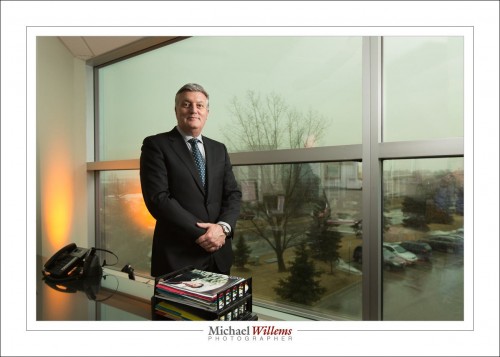
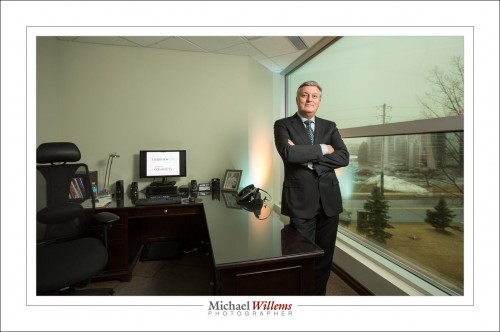
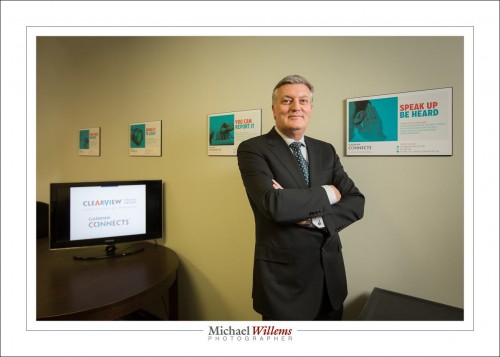
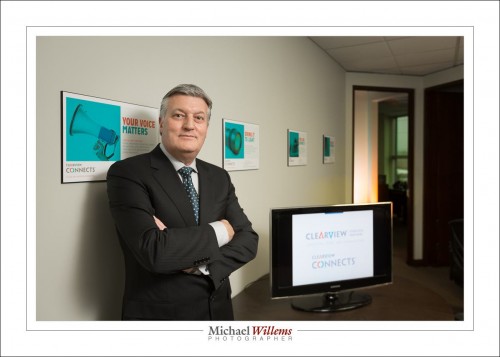
Of course I also use all other standard composition and portrait and technical rules. But it’s not about those; it’s about showing something of the subject’s world, and of his or her personality.

